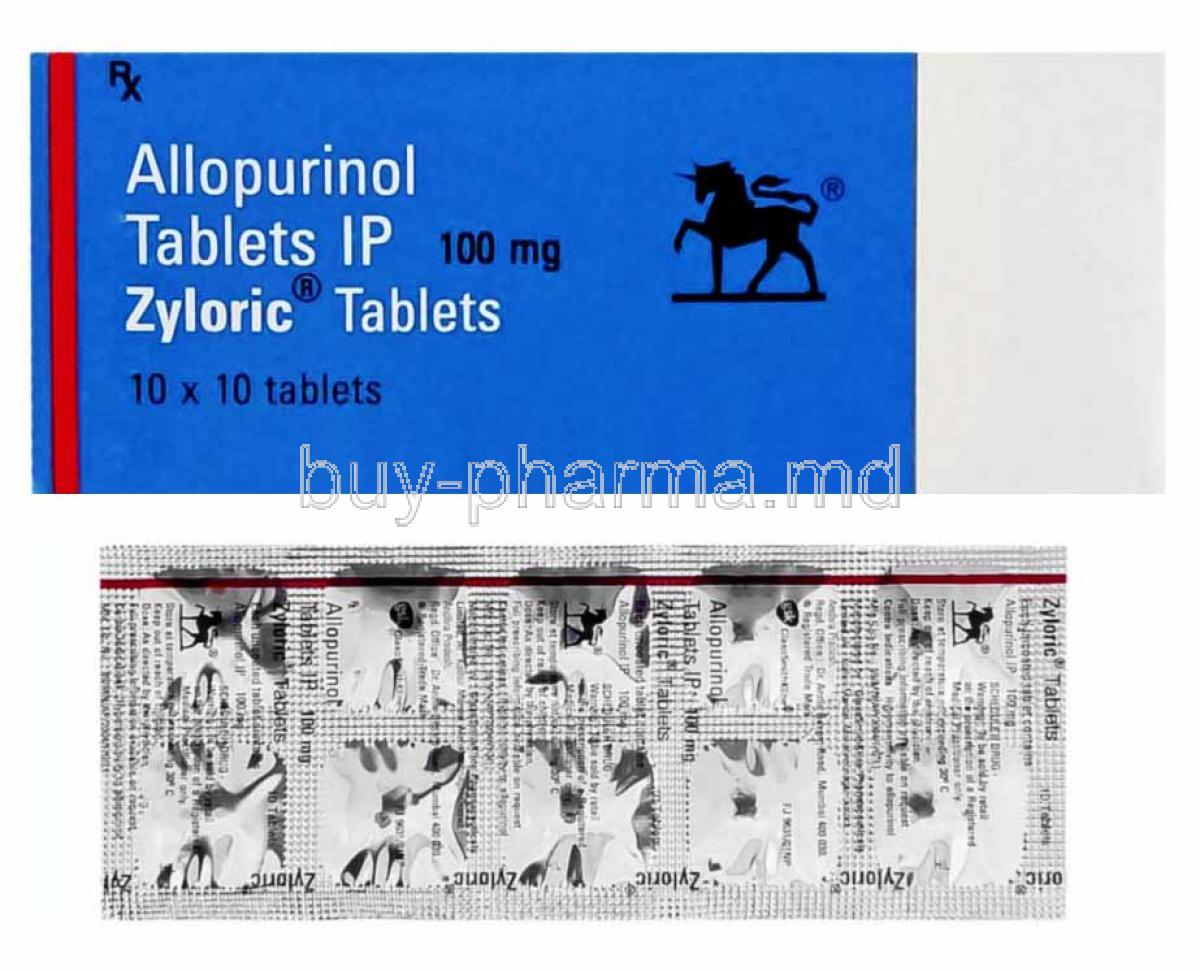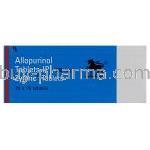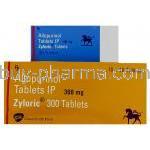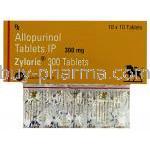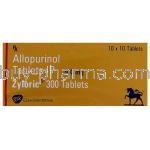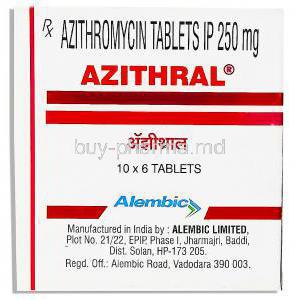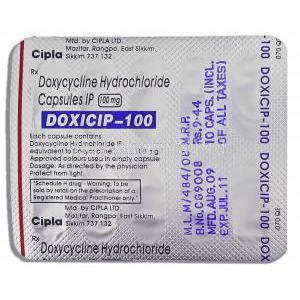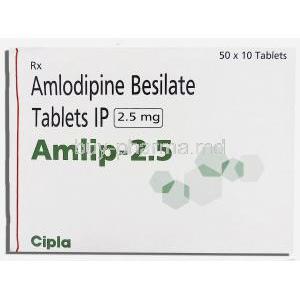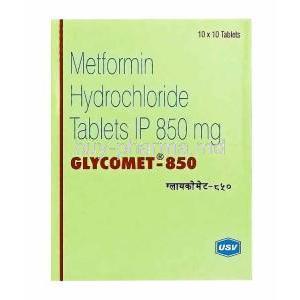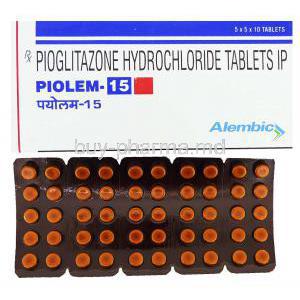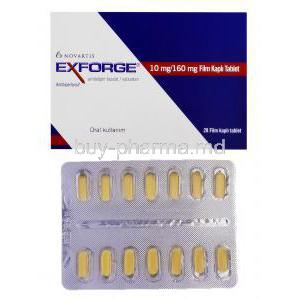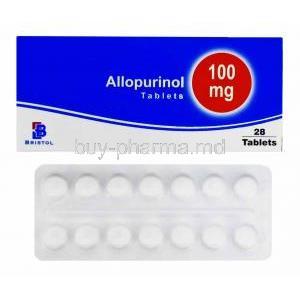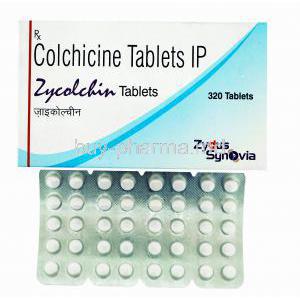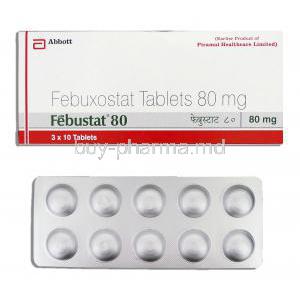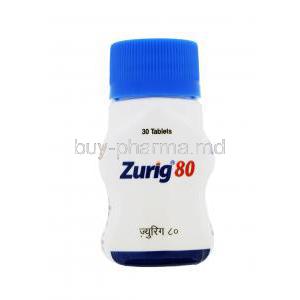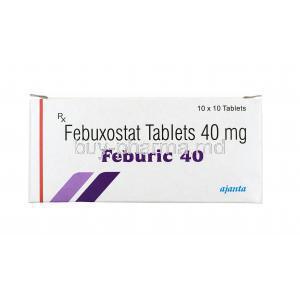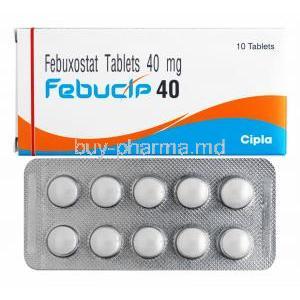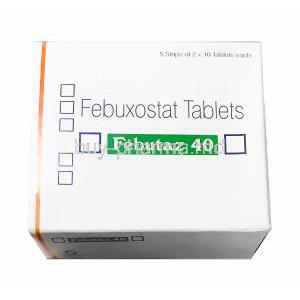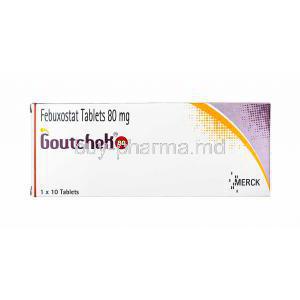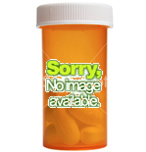1. Introduction to Zyloric (Allopurinol)
Overview of Zyloric and Its Clinical Significance
Zyloric, containing the active substance allopurinol, is a cornerstone in the management of hyperuricemia and gout. It is widely prescribed to reduce uric acid production and prevent associated complications such as gouty arthritis and urate nephropathy.
Therapeutic Class and Pharmacological Classification
Zyloric belongs to the class of xanthine oxidase inhibitors. Pharmacologically, it is an antipurine agent used to modify the biochemical pathways responsible for uric acid synthesis.
Historical Background and Approval Timeline
Allopurinol was first introduced in the 1960s as a safer alternative to uricosuric agents. Since its introduction, it has remained a first-line therapy for chronic gout and continues to be included in treatment guidelines worldwide.
Brand Names and Availability Worldwide
Apart from Zyloric, allopurinol is sold under various brand names including Aloprim and Allohexal. It is widely available in oral tablet formulations across international pharmaceutical markets.
2. Composition and Active Ingredients
Active Ingredient: Allopurinol
Each Zyloric tablet contains allopurinol as its primary active ingredient, typically in strengths of 100 mg or 300 mg.
Available Strengths and Dosage Forms
Zyloric is primarily available in:
- 100 mg tablets
- 300 mg tablets
These forms are intended for oral administration only.
Inactive Ingredients and Excipients
The tablets may also include lactose monohydrate, starch, magnesium stearate, and sodium starch glycolate among other pharmaceutical excipients.
Formulation Specifics
Zyloric tablets are film-coated to enhance gastrointestinal tolerance and improve shelf life. Allopurinol is slightly soluble in water and more stable at neutral pH.
3. Mechanism of Action: How Zyloric Works in the Body
Inhibition of Xanthine Oxidase Enzyme
Allopurinol inhibits xanthine oxidase, the enzyme responsible for converting hypoxanthine to xanthine and xanthine to uric acid.
Reduction of Uric Acid Production
By blocking xanthine oxidase, Zyloric reduces serum and urinary levels of uric acid, thereby alleviating hyperuricemia.
Impact on Purine Metabolism
Zyloric indirectly regulates purine catabolism, resulting in reduced accumulation of urate crystals in joints and tissues.
Effect on Serum and Urinary Uric Acid Levels
Consistent use leads to normalization of uric acid levels, which helps prevent gout flares, urate nephropathy, and kidney stones.
4. Approved Medical Uses of Zyloric (Allopurinol)
- Chronic and tophaceous gout management
- Hyperuricemia resulting from cancer treatment (chemotherapy/radiation)
- Recurrent uric acid kidney stone prevention
- Prophylaxis of tumor lysis syndrome
- Lesch-Nyhan syndrome-related uric acid overproduction
- Renal urate stone prophylaxis in susceptible individuals
5. Off-Label and Investigational Uses of Zyloric
- Reducing cardiovascular events in patients with high uric acid levels
- Slowing progression of chronic kidney disease (CKD)
- Reducing frequency of migraines in uric acid-sensitive patients
- Adjunct therapy in metabolic syndrome and type 2 diabetes mellitus
- Managing uric acid-linked hypertension in select cases
6. Dosage and Administration Guidelines
Standard Adult Dosing for Gout and Hyperuricemia
Initial dose is typically 100 mg/day, gradually increased to 300–600 mg/day depending on uric acid levels and response.
Pediatric Dosing Considerations
Children are generally prescribed 10–20 mg/kg/day, not exceeding adult doses. It is primarily indicated in rare metabolic disorders.
Dosage in Renal or Hepatic Dysfunction
Dose adjustments are essential in renal or hepatic impairment to reduce risk of accumulation and toxicity.
Dose Titration and Maintenance
Titration is based on serum uric acid monitoring. Maintenance dosing aims to keep levels below 6 mg/dL.
Maximum Recommended Daily Dose
The upper limit in adults typically does not exceed 800 mg/day, divided into multiple doses.
Administration With or Without Food
Zyloric can be taken with or after food to minimize gastrointestinal upset.
Missed Dose Management
Patients should take the missed dose as soon as remembered unless it is close to the time of the next scheduled dose.
7. Common and Serious Side Effects of Zyloric
7.1 Common Side Effects
- Mild skin rashes and itching
- Nausea, abdominal discomfort, or diarrhea
- Drowsiness, headache, or malaise
- Elevated liver enzymes in routine labs
7.2 Serious and Rare Adverse Reactions
- Severe skin reactions like Stevens-Johnson syndrome and toxic epidermal necrolysis
- DRESS syndrome with systemic involvement
- Liver damage including cholestasis
- Suppression of bone marrow (anemia, leukopenia)
- Vasculitis and hypersensitivity syndromes
8. Important Drug Interactions
- Azathioprine and 6-mercaptopurine: Toxicity risk increased due to reduced metabolism
- Warfarin: Enhanced anticoagulant effect
- Thiazide diuretics: Risk of hypersensitivity and renal complications
- Ampicillin/amoxicillin: Increased incidence of skin rash
- Cyclosporine/theophylline: Raised plasma levels and potential toxicity
- Alcohol and purine-rich foods: May negate therapeutic effect
9. Warnings and Safety Precautions
- Monitor for early signs of hypersensitivity and discontinue if rash appears
- Genetic screening for HLA-B*5801 in high-risk ethnicities before starting therapy
- Regular liver and renal function tests are advised during long-term therapy
- Ensure adequate hydration to prevent renal urate crystallization
- Not to be used during acute gout flare as monotherapy
10. Contraindications to Zyloric Use
- Documented allergy or hypersensitivity to allopurinol
- Use in patients with asymptomatic elevated uric acid levels is not recommended
- Should not be started during an acute gout attack as sole treatment
- Severe hepatic impairment unless under expert supervision
11. Special Considerations for Careful Administration
Patients with Renal Impairment
In individuals with compromised renal function, the elimination of allopurinol and its metabolites is significantly reduced. Dose adjustments are crucial to minimize the risk of accumulation and subsequent toxicity. Monitoring of creatinine clearance and serum uric acid levels is recommended throughout therapy.
Patients with Hepatic Dysfunction
Liver impairment may alter the metabolism of allopurinol. Though the drug is primarily excreted renally, hepatic dysfunction can potentiate systemic effects. Baseline liver function tests should be obtained, and periodic reassessments are necessary for long-term use.
Individuals with Prior Hypersensitivity to Other Medications
A history of drug-induced rashes, eosinophilia, or hypersensitivity syndromes increases the risk of adverse dermatological or systemic reactions. In such cases, allopurinol should be initiated with extreme caution, starting at the lowest possible dose.
Patients Undergoing Chemotherapy or Immunosuppressive Therapy
Patients receiving cytotoxic agents are at increased risk for tumor lysis syndrome and should be co-managed with allopurinol to prevent uric acid nephropathy. Concurrent use with immunosuppressants such as azathioprine requires dose reduction and close toxicity monitoring.
12. Use in Elderly Patients
Renal Function Assessment Prior to Dosing
Age-related decline in glomerular filtration rate mandates a pre-treatment renal evaluation. Elderly patients are more susceptible to allopurinol toxicity due to reduced clearance.
Adjustments for Comorbidities and Polypharmacy
Polypharmacy is common in geriatric patients, increasing the likelihood of drug-drug interactions. Individualized dosing and comprehensive medication reviews are essential.
Monitoring for Neurotoxicity or Hypersensitivity
Elderly individuals may present with atypical symptoms of neurotoxicity or hypersensitivity. Regular clinical assessments should focus on mental status changes, skin manifestations, and laboratory abnormalities.
13. Administration in Pregnant Women and Nursing Mothers
FDA Pregnancy Category and Animal Study Data
Allopurinol is classified as a Category C drug. While animal studies have demonstrated fetal risk, adequate human studies are lacking.
Use Only if Clearly Needed During Pregnancy
The decision to use Zyloric during pregnancy must be based on a thorough risk-benefit assessment. It should only be prescribed when alternative therapies are not viable.
Breast Milk Excretion Potential
Allopurinol and its active metabolite oxypurinol are excreted in breast milk. The clinical significance remains unclear, but caution is advised.
Clinical Decision-Making in Lactating Patients
If therapy is deemed essential, monitor the breastfed infant for signs of rash, gastrointestinal upset, or drowsiness. Alternative feeding methods may be considered for high-dose therapy.
14. Use in Pediatric Populations
Indications in Children
Zyloric is primarily indicated for rare pediatric conditions such as Lesch-Nyhan syndrome and malignancy-associated hyperuricemia resulting from tumor lysis syndrome.
Age-Appropriate Dosing Adjustments
Pediatric dosing is calculated based on body weight or surface area, typically ranging from 10 to 20 mg/kg/day. Maximum dosage should not exceed standard adult limits.
Monitoring for Growth, Development, and Organ Function
Due to the long-term nature of treatment in genetic disorders, regular assessment of physical growth, neurodevelopment, and organ function is critical.
15. Overdose Management and Toxicity
Symptoms of Overdose
Signs of acute overdose may include:
- Nausea and vomiting
- Vertigo or dizziness
- Renal insufficiency or failure
- Neurological symptoms such as lethargy or seizures (in rare cases)
Emergency Treatment Protocols
Initial response includes gastric lavage and symptomatic management. Supportive therapy with IV fluids may be administered to enhance renal excretion.
Hemodialysis Utility in Overdose Scenarios
Allopurinol and oxypurinol are dialyzable. Hemodialysis is considered effective in severe toxicity, especially in patients with pre-existing renal impairment.
Poison Control Guidance
Immediate contact with a poison control center is recommended in suspected overdose cases. Detailed information on the ingested amount and patient condition facilitates appropriate triage.
16. Proper Handling and Storage Instructions
Recommended Storage Temperature and Humidity
Zyloric should be stored at a controlled room temperature between 15°C to 30°C (59°F to 86°F). Avoid exposure to excessive heat or humidity.
Container Requirements
The product should be kept in a tightly sealed, moisture-resistant container, preferably in its original blister packaging.
Handling Precautions for Caregivers
Caregivers should wash their hands before and after handling the medication, particularly if crushing or splitting tablets is required. Gloves may be used if there is concern for skin sensitivity.
Shelf Life and Expiration Date Guidance
The medication should not be used beyond the printed expiration date. Unused tablets should be safely discarded according to pharmaceutical waste regulations.
17. Handling Precautions and Dispensing Guidelines
Instructions for Safe Splitting or Crushing
Tablets should only be split or crushed if prescribed by a healthcare professional. Not all formulations are suitable for this, and altering the tablet may affect efficacy or cause irritation.
Safe Disposal of Unused Medication
Unused or expired Zyloric should not be flushed or thrown in household trash. Return to a pharmacy take-back program or follow local disposal guidelines.
Storage Away from Children and Pets
Store the medication in a secure location out of reach of children and pets to prevent accidental ingestion.
Pharmacist Instructions for Patient Counseling
Pharmacists should counsel patients on proper dosage, potential interactions, side effects, and the importance of regular monitoring. Patients should be informed about early signs of serious reactions such as rashes or fever.
18. Patient Education and Lifestyle Considerations
Importance of Dietary Purine Restriction
Patients should limit intake of purine-rich foods such as red meat, organ meats, shellfish, and certain legumes. Alcohol, particularly beer, should also be minimized.
Adherence to Therapy for Chronic Management
Skipping doses or discontinuing medication during symptom-free periods increases the risk of gout flares and urate complications. Long-term adherence is vital.
Recognition of Early Hypersensitivity Symptoms
Patients must be educated to recognize signs such as skin rash, fever, facial swelling, or sore throat, which may indicate serious reactions and require immediate medical attention.
Need for Regular Follow-Up and Blood Tests
Ongoing monitoring of uric acid levels, renal function, and liver enzymes ensures safe and effective therapy. Regular visits with the prescribing clinician are recommended.

